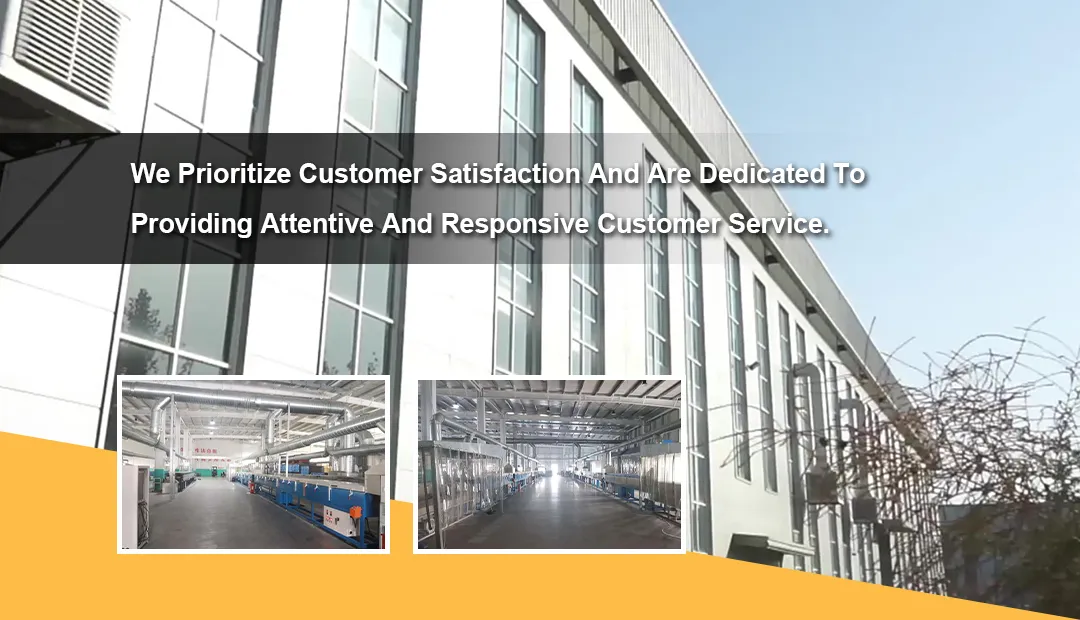Understanding the Importance and Benefits of Using Slip Pads in Various Applications
The Importance of Slip Pads in Modern Applications
In various industries, the safe and efficient handling of equipment, machinery, and components is paramount. One of the often-overlooked yet vital elements that contribute to this safety is the use of slip pads. These pads play a fundamental role in preventing slippage, thereby enhancing stability and prolonging the life of the materials and machinery involved.
What Are Slip Pads?
Slip pads, often made of materials such as rubber, plastic, or composite substances, are designed to reduce friction between two surfaces. Their primary function is to provide a non-slip interface that ensures objects remain stable during operation. Whether used in industrial machinery, home appliances, or sporting goods, slip pads enhance the overall performance and safety of the products.
Applications of Slip Pads
1. Industrial Machinery In factories, equipment often experiences vibrations and movements that can cause components to shift or fall. Slip pads are typically employed in heavy machinery to stabilize parts during operation. By providing a cushioning effect, these pads minimize wear and tear on machinery while significantly reducing the risk of accidents.
2. Household Appliances Many home appliances, such as washing machines and refrigerators, use slip pads to prevent movement during their operation. For instance, washing machines can generate considerable vibrations; slip pads help absorb these vibrations and prevent the machine from walking across the floor, which could lead to damage or spills.
slip pads

3. Automobiles In the automotive industry, slip pads are critical in ensuring that components remain in place while a vehicle is in motion. They are used in various applications, from engine mounts to suspension systems, helping to absorb shocks and vibrations. This results in enhanced vehicle stability, improved handling, and increased passenger comfort.
4. Sporting Goods Slip pads are also prevalent in sporting equipment. For example, slip pads on the soles of athletic shoes provide the necessary grip and traction for various sports activities. They are engineered to optimize performance while minimizing the risk of slipping, which can lead to injuries.
Benefits of Using Slip Pads
The advantages of incorporating slip pads into products and machinery are manifold. Primarily, they enhance safety by preventing slippage, which can lead to dangerous situations. Additionally, they reduce the wear and tear on both the surfaces in contact and the equipment itself. This prolongs the overall lifespan of machinery and products, providing cost savings in the long run.
Moreover, slip pads can improve user experience. In various applications, they provide a sense of stability and security that is essential for user confidence. For example, in sporting goods, having reliable traction allows users to perform at their best without the fear of slips and falls.
Conclusion
In summary, slip pads are an essential component in many applications across diverse industries. Their ability to prevent slippage and provide stability not only enhances operational efficiency but also contributes to safety and user satisfaction. As technology advances, the development of more innovative and effective slip pads is likely to continue, ensuring that industries can meet the growing demands for performance and safety. Their role in modern applications should not be underestimated, as they continue to be a critical factor in the safe and efficient operation of equipment and machinery. With the integration of slip pads, we can look forward to a safer, more stable future in various fields.
-
Under Door Draught Stopper: Essential ProtectionNewsJul.31,2025
-
Garage Door Seal and Weatherstrips for ProtectionNewsJul.31,2025
-
Edge Banding Tape for Perfect EdgesNewsJul.31,2025
-
Table Corner Guards and Wall Corner ProtectorsNewsJul.31,2025
-
Stair Nose Edging Trim and Tile Stair SolutionsNewsJul.31,2025
-
Truck Bed Rubber Mats for Pickup BedsNewsJul.31,2025
-
Window Weather Stripping for Noise ReductionNewsJul.29,2025